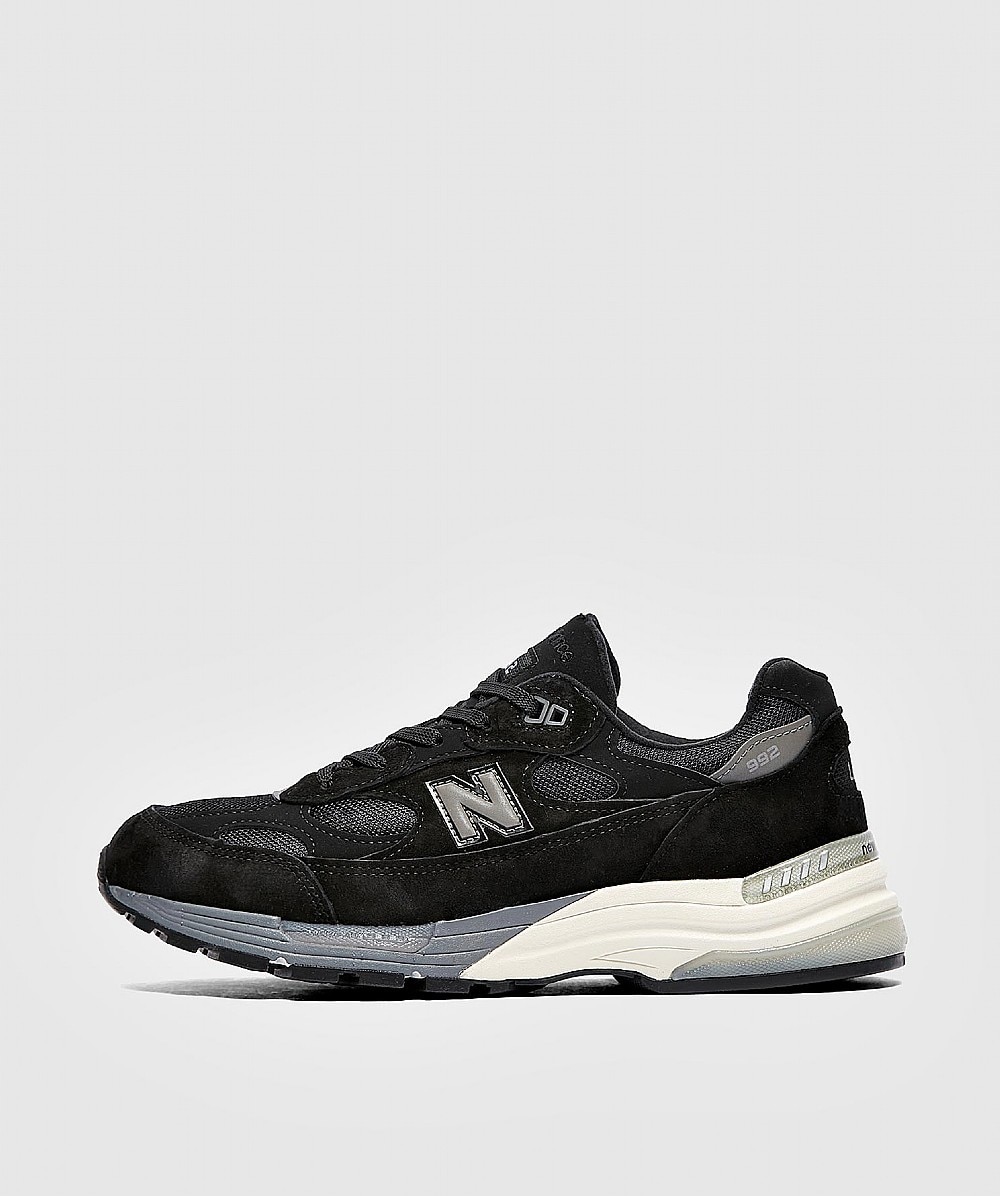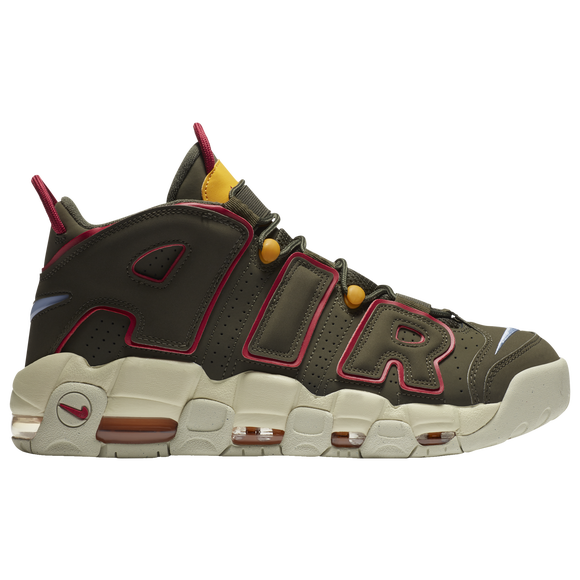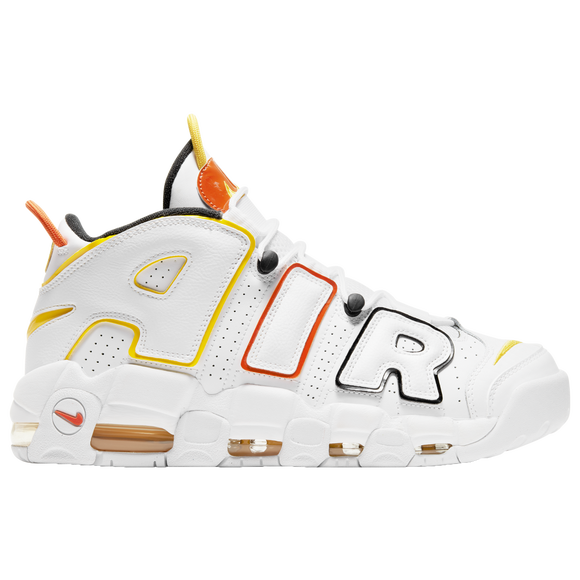Men’s Maine Hunting Shoes, 10″ Gore-Tex/Thinsulate
The original L.L.Bean Boot, made in Maine since 1912. Now with even more protection from cold, wet weather, with a waterproof Gore-Tex liner and warm Thinsulate insulation.
The original L.L.Bean Boot, made in Maine since 1912. Now with even more protection from cold, wet weather, with a waterproof Gore-Tex liner and warm Thinsulate insulation.
Size & Fit
- With light or midweight socks: Whole sizes, order your normal size. Half sizes, order one size down. Example: 9 or 9½, order a size 9.
- With heavyweight socks: Whole sizes, order one size up. Half sizes, order one size up. Example: 9 or 9½, order a size 10.
- Half sizes order down.
SpecsApprox. weight: 3 lb. 12 oz. per pair.
Construction
- Premium waterproof leather upper.
- Waterproof, breathable Gore-Tex liner.
- 200-gram Thinsulate® olefin/polyester insulation.
- Steel shank in the arch, for added lateral support.
- Rubber, matte finish sole with chain tread pattern.
- Leather pull-on loop at back collar.
Additional Features
- Handstitched and checked for quality right here in Brunswick, Maine.
Additional information
| Approx. weight | 3 lb. 12 oz. per pair. |
|---|






by Pony
These Boots have lasted more than 10 years now! Only thing to ask for is a new set of pads form ll Bean and some extra boot laces, they even come in different colors just for you. The Snow Blower likes them too! who knows with a little help from some Boot Guard they could out last the company!!
by Mike
Bought my current boot 43 years ago from my Father who ordered the wrong size-paid him 70.00 for them. They are still great but I am buying the gortex updated version for more warmth-sucks getting old. Amazing products at LL Bean
by Bill
My 3rd and probably last pair as i am 62 and my last pair lasted 15 years !!
by Navy
I am a woman that wears size 9.5 women's in all my shoes. I always buy shoes that have a more natural shape toebox. Because of that I find a lot of women's winter boots on the narrow side. I bought these men's sz 8 in d width. I think they are just a little long. Width is good. I have a low volume foot so there is extra room above my foot. However, room equals warmth. I find them toasty. Perhaps a beefier innersole will resolve.
Great for snow blowing or shoveling. A bit too clunky for general walking with that extra space. Great quality shoe. Expect to get many yrs use. Would loved to have bought/ tried both 7's n 8's, but that is expensive and returns get complicated that way as I wanted to apply my Bean bucks to only the pair I was keeping. Not split it.